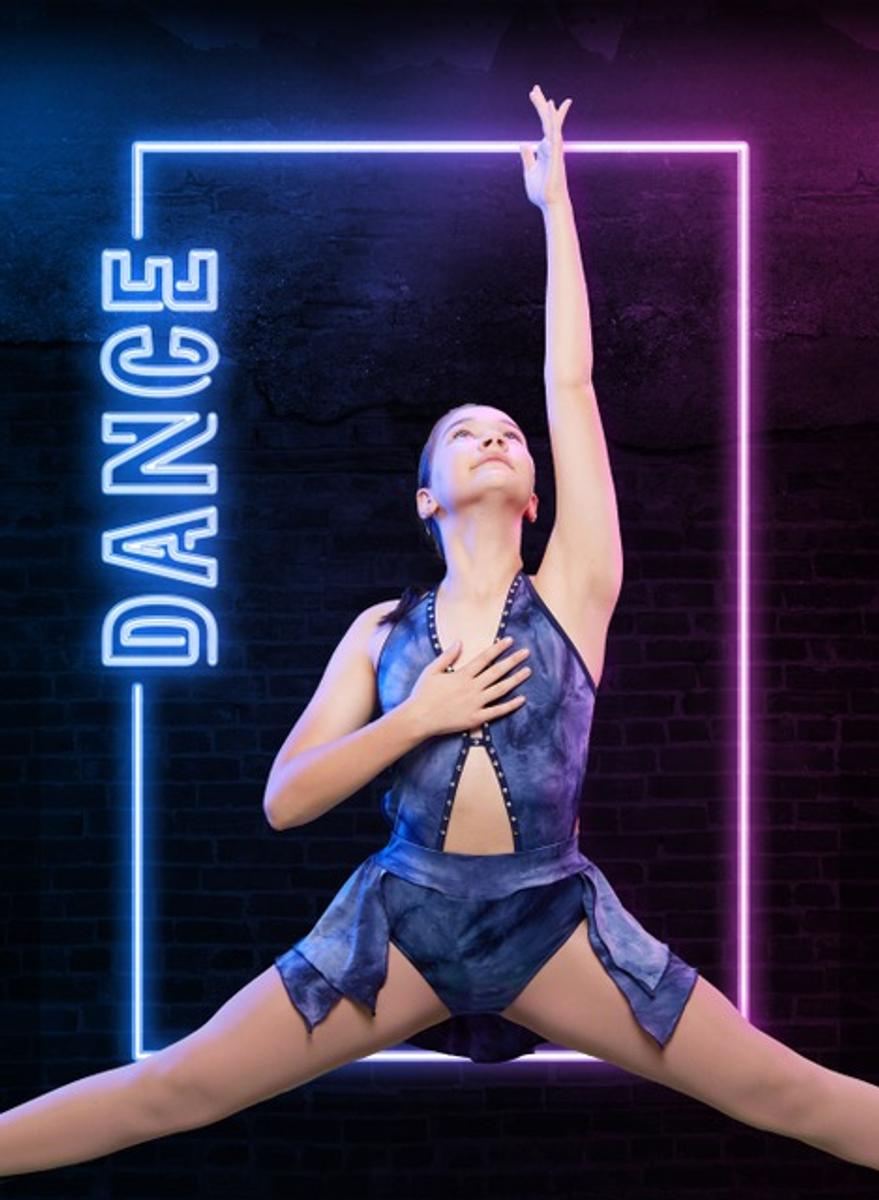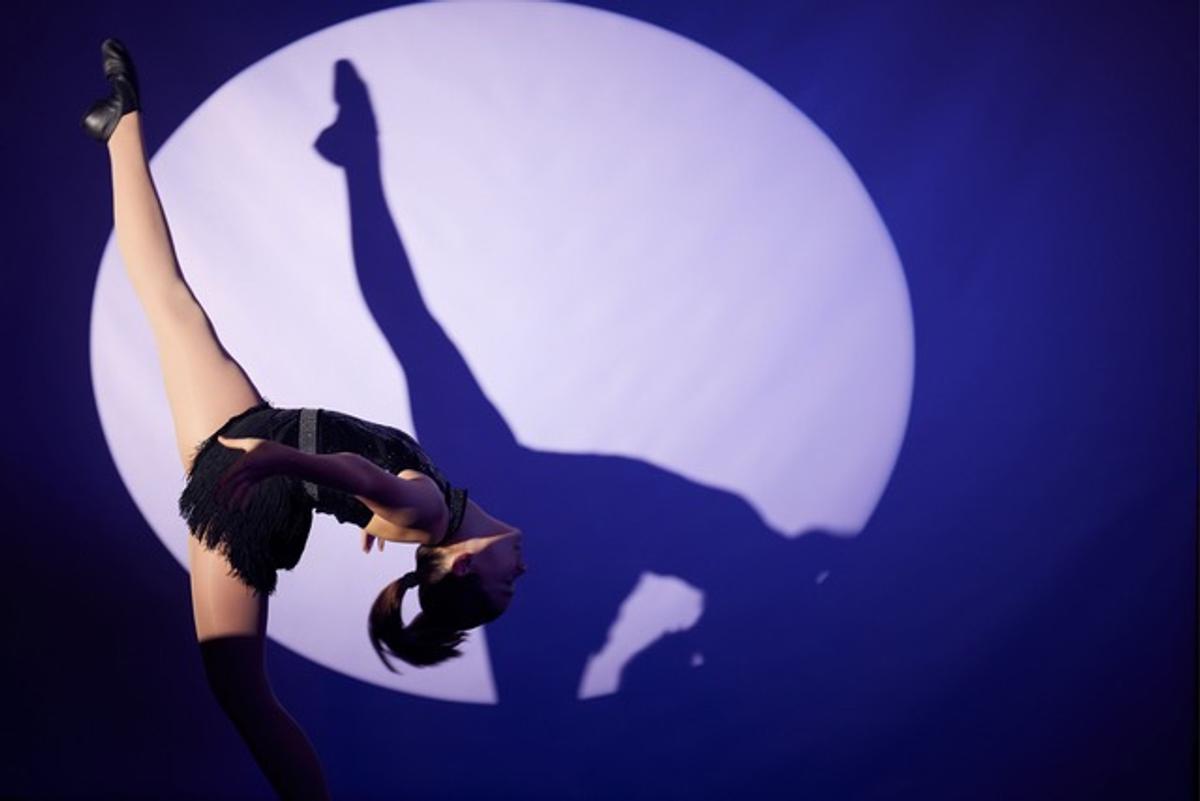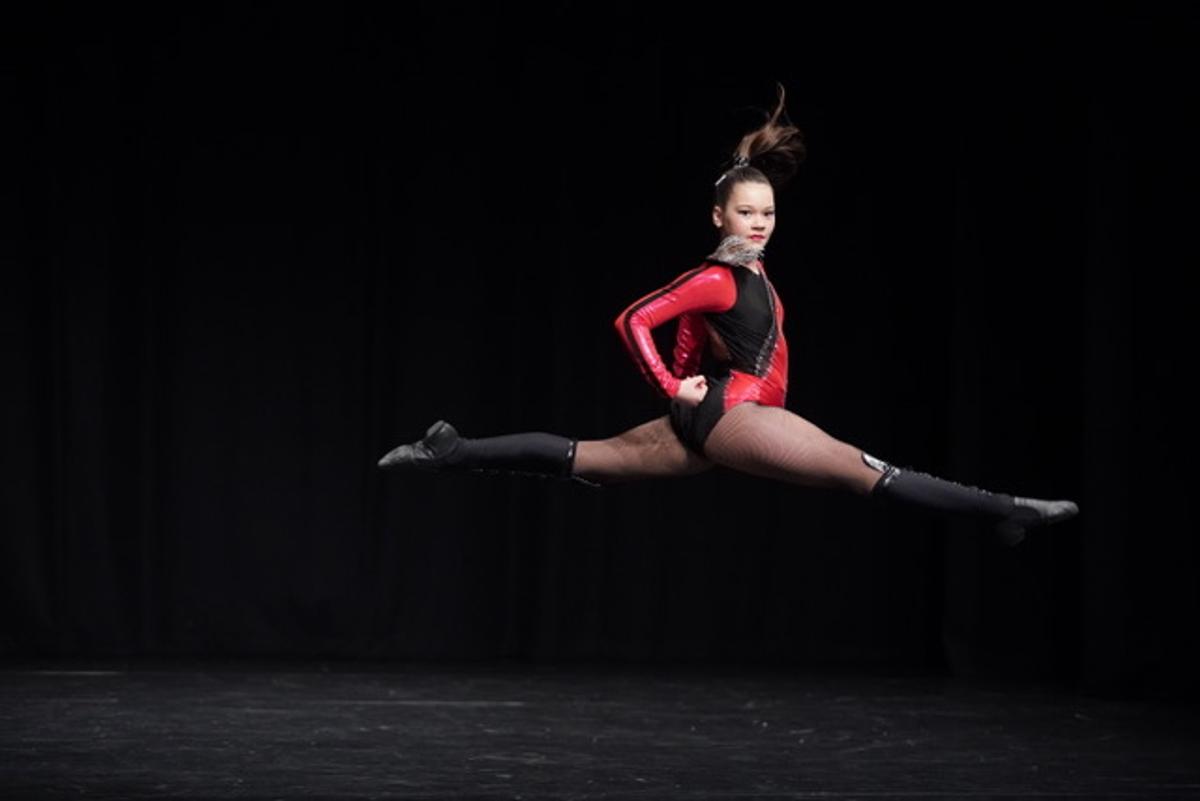Message from the
Head of the Junior School
Mrs Denise Hayward
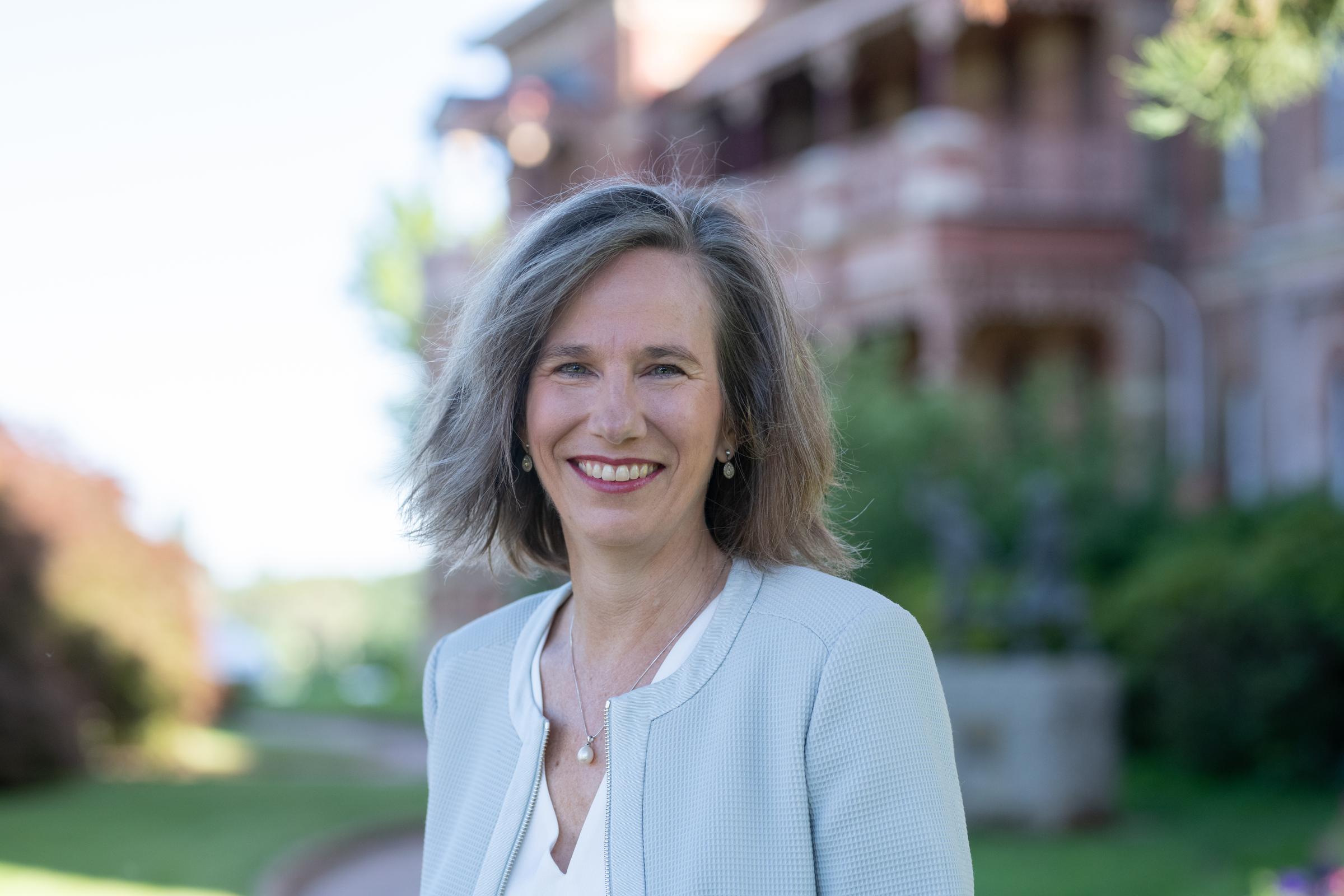
Message from the
Head of the Junior School
Mrs Denise Hayward
Last term the weather gave us a special day, a “Snow Day”. While the day presented several challenges it also presented many opportunities. The most important was the chance for students to exercise agency and have a voice in how their day was going to look. The day was a break from the usual as we shelved carefully thoughtout plans and asked the students what their day should look like. What were their ideas for learning?


From the beginning the students had clear views that went well beyond the ideas of snowball fights and snow people. They talked about learning how show is created in the natural world and how people can generate it. What are the similarities and differences in the way snow is created through nature and human intervention. The students wanted to capture such a unique day through writing, poetry, and art. Naturally there had to be time out in the snow building snow people which were evaluated on strict criteria the students developed. There were snowballs as students measured how far they could be thrown and what differences a particular trajectory made on the final outcome. The day provided the perfect opportunity for students to plan, design and demonstrate their own learning.


Days like this are few and far between in the School calendar and are important to us. Hearing student voice and enabling students to feel the school is a place that belongs to them are opportunities that cannot be missed and are to be further built upon at KWS as part of our normal school day through our lunchtime co-curricular offering. Student voice and choice as part of student agency is a highly valued characteristic we want to develop in our learners.
One way of thinking of learner agency is when learners have the ‘power to act’. When learners move from being passive recipients to being much more active in the learning process, and actively involved in the decisions about the learning, then they have greater agency (Derek Wenmoth, CORE Education 10 Trends).
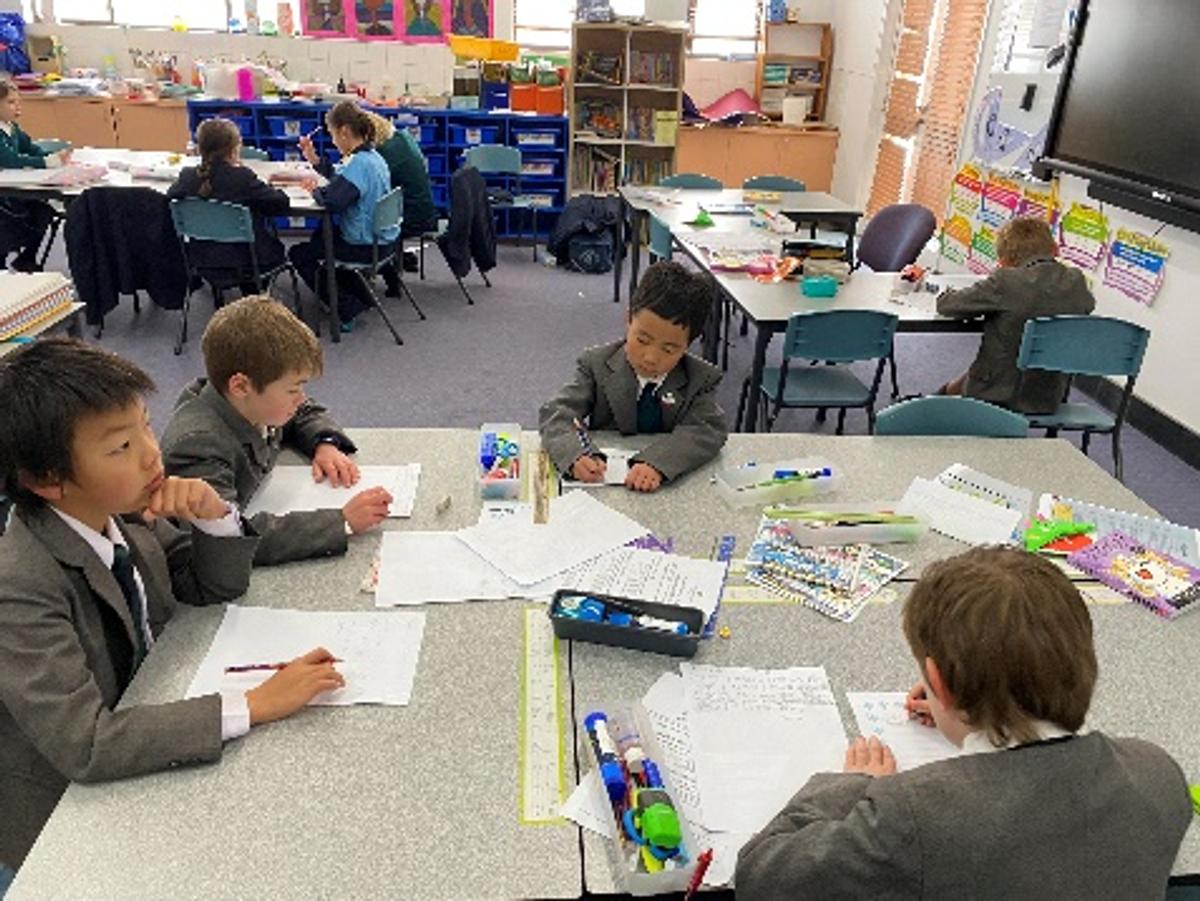

When students are agents in their learning, that is, when they play an active role in deciding what and how they will learn, they tend to show greater motivation to learn and are more likely to define objectives for their learning. These students are also more likely to have “learned how to learn” – an invaluable skill that they can and will use throughout their lives (Student_Agency_for_2030_concept_note.pdf (oecd.org).
Student voice acknowledges students have unique perspectives on learning, teaching, and schooling, and should have the opportunity to actively shape their own education.
Student voice involves students actively participating in their school, community and the education system, contributing to decision making processes and collectively influencing outcomes by putting forward their views, concerns and ideas (Student voice (education.vic.gov.au).
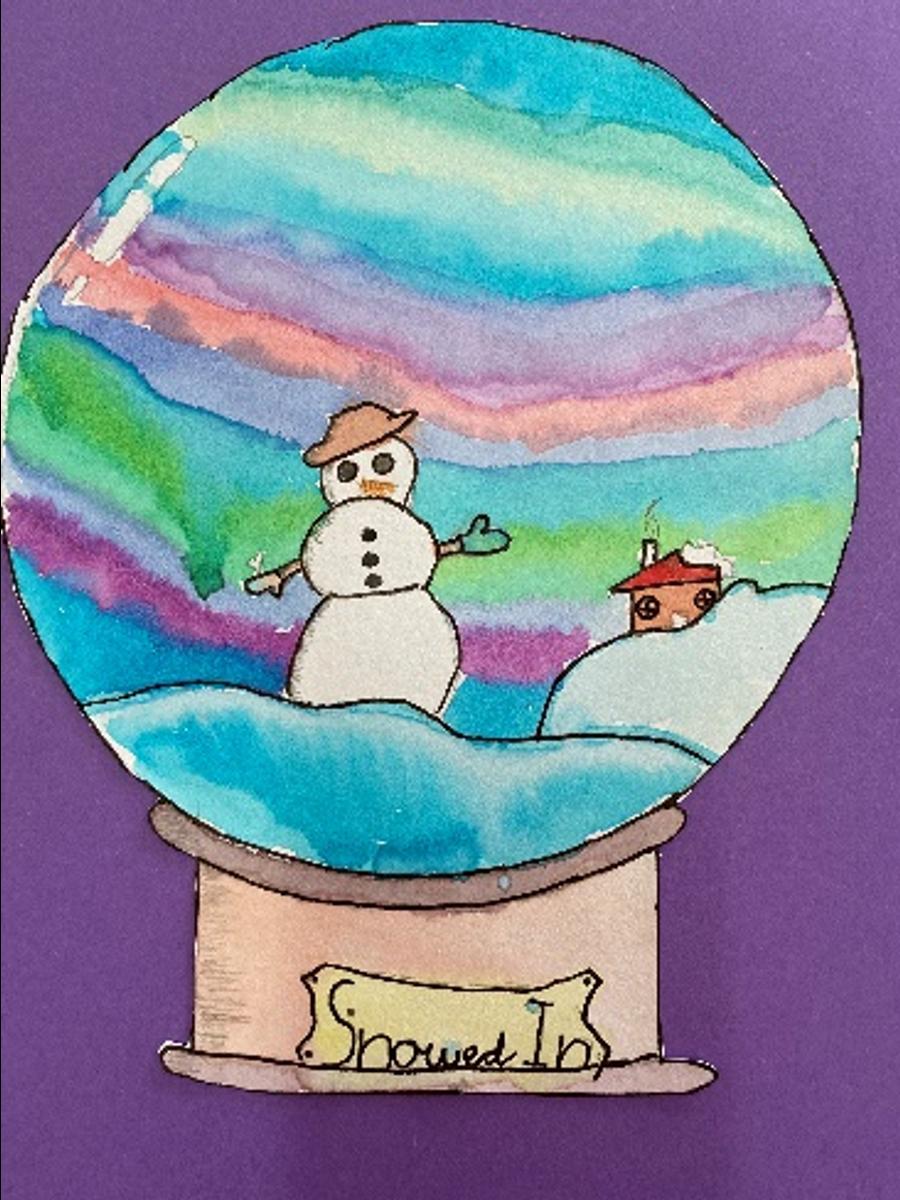





Student voice is more than just students 'having a say' and 'being heard'. It is about valuing the perspectives and opinions of students and acting on them in a way that genuinely shapes learning and decision-making at the school. What “Snow Day” shows us is our students have clear views on what and how they would like to learn and can be partners in their learning.
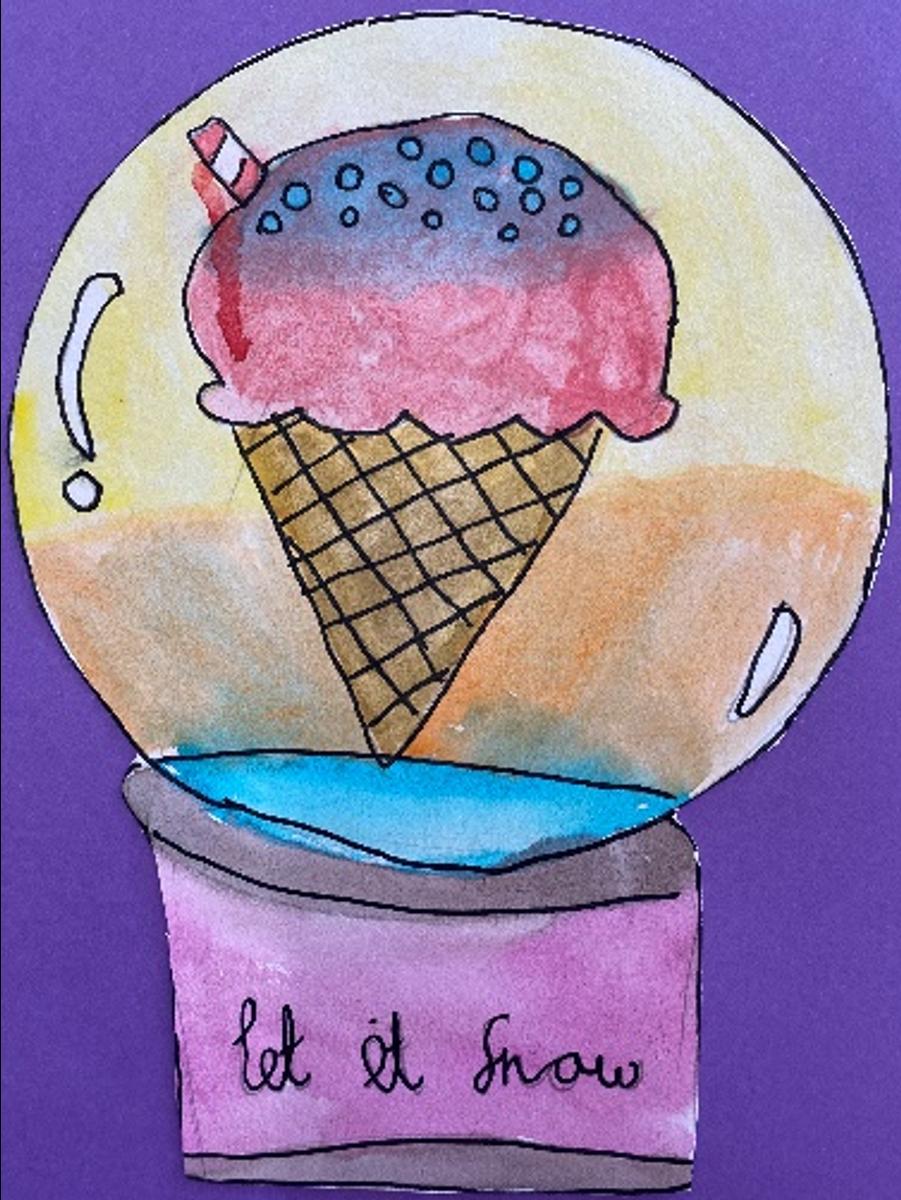
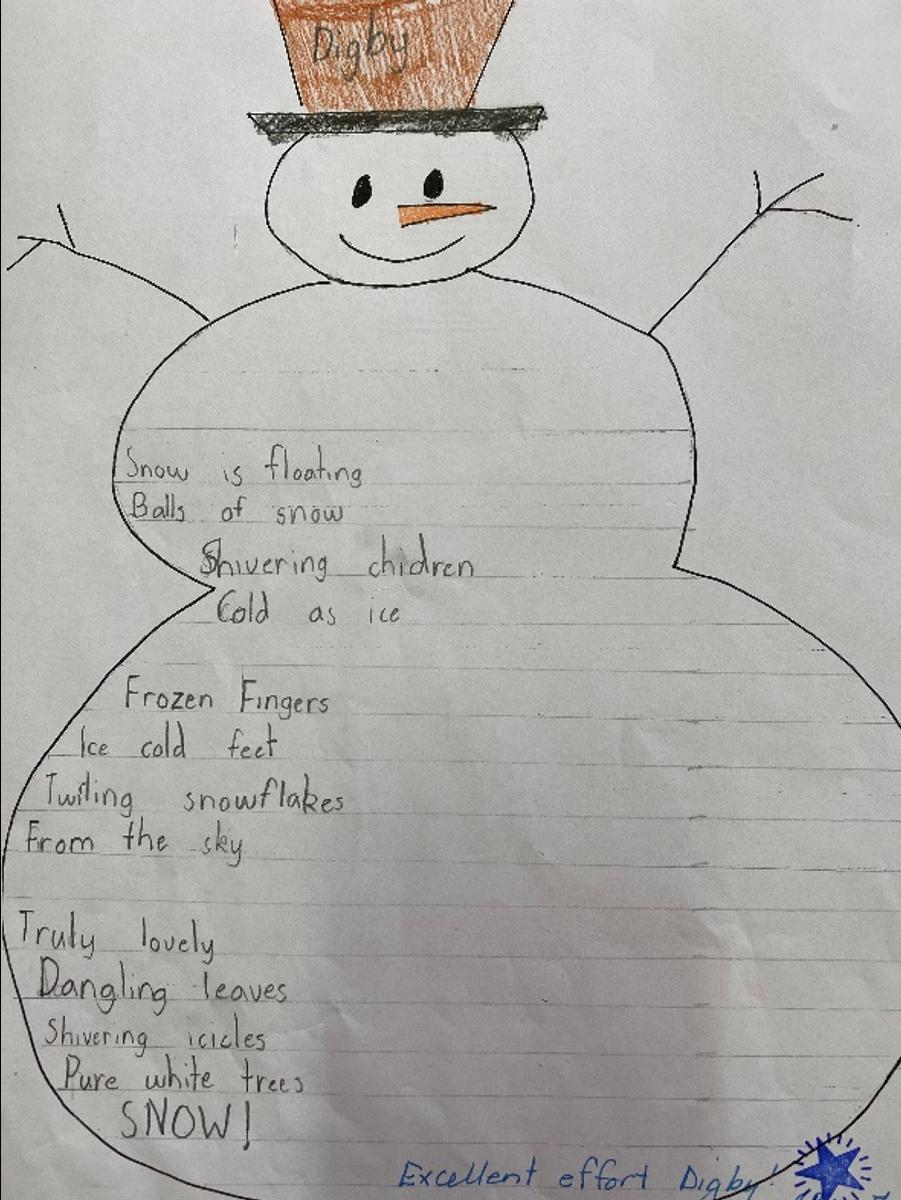
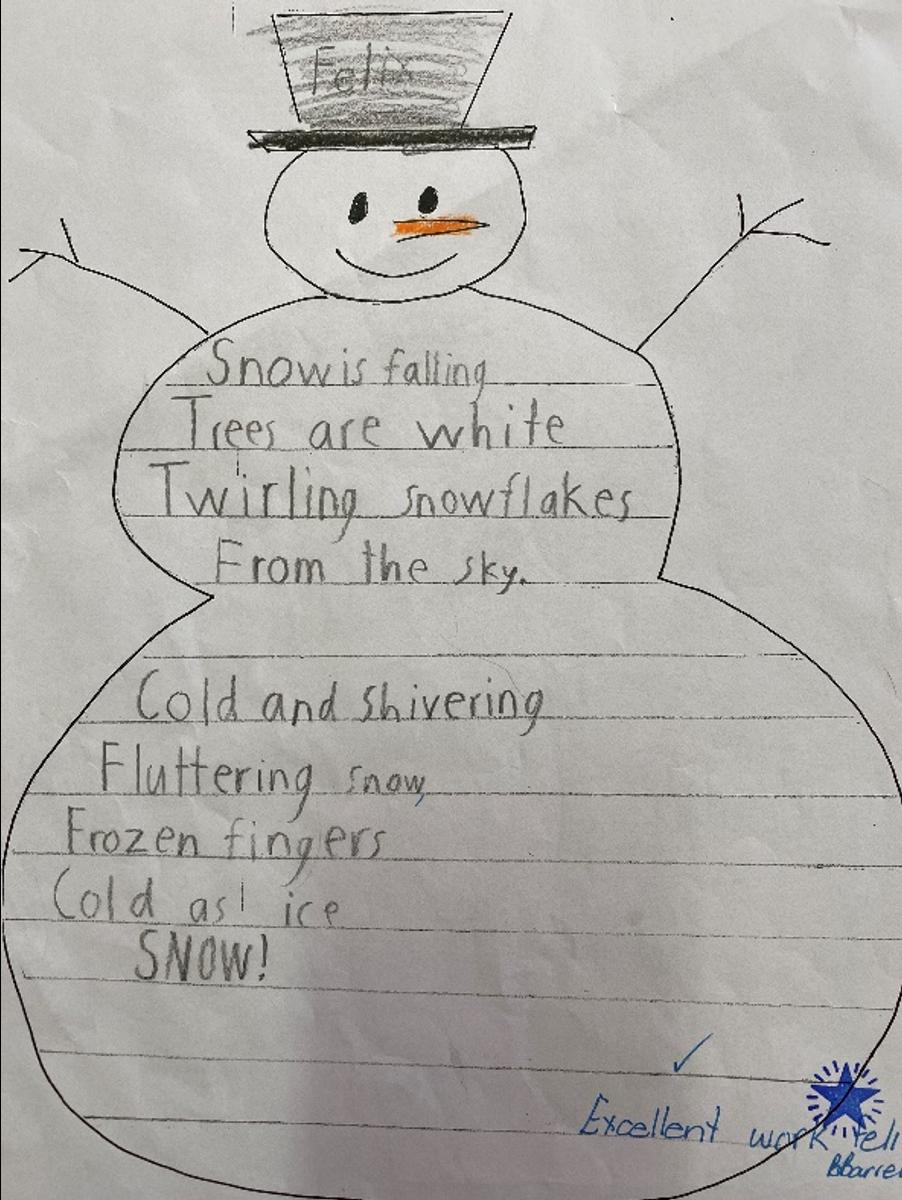



It is with great pleasure that we welcome Mr Tim Jones – Junior School Sports Co-ordinator and PDHPE Teacher to the Kinross Wolaroi School community:
Mr Tim Jones has been appointed as the Junior School Sports Co-ordinator and teacher of PDHPE, commencing this Term. Tim was most recently employed by Rugby School in Thailand as the Prep Boarding Housemaster and PE Teacher. He has also undertaken the role of Director of Sport for the School. Prior to this Tim spent six years in the UK at the Oratory Preparatory School, Reading where he had numerous roles, including the Head of PE, Housemaster and Sports Coach. Tim completed his HSC in Bathurst and has a Bachelor of Exercise Science from Charles Sturt University. He also has a Graduate Certificate of Education from Buckingham University and is soon to complete his Master of Education with the same university.
As I write this week the School has been preparing for a move to Remote Learning. The decision to close the Junior School was not an easy one and we have reflected on what this shift means for our students. Learning for a 5-year-old at School can be challenging enough on some days. By now you would have received your remote learning pack and guidelines to support students learning from home. We have worked to provide a flexible timetable for families.
In developing our Remote Learning timetable, we were conscious families may be sharing devices and different students require different adult support at home. For this reason, we have worked to provide live lessons with staff at different times of the day and all live lessons will be recorded and made available through Teams to watch at another time. Staff will be monitoring the chat platform on Teams to assist with questions as well as meeting with students over Teams in small groups or individually. While there is a timetable of when lessons will be delivered, there is flexibility for families to work on learning at different times. Please look at the timetable which was emailed home and is available on the parent’s Teams page and a paper copy was included in your child’s take-home pack. These documents will assist you in understanding when live lessons take place, students are working independently on a set task, working with specialist teachers or on their own construction or passion project.
One of the silver linings from remote learning is an opportunity to build on the lessons learnt on Snow Day. I am looking forward to seeing, hearing, and experiencing both the students Passion projects and in Years K-4 their design and technology items. I look forward to sharing these with the wider community through our social media platform and later newsletters.
While we are in Remote learning staff will be meeting with your child every day. It may be in whole class activities, small groups or individually via Teams. We know how important it is for students to see their teacher’s face and engage with them.
I hope to catch up with students on Teams over the period and look forward to receiving emails from students sharing their Remote Learning set up, their design builds and passion projects. Mrs Kennewell will be monitoring the email junioroffice@kws.nsw.edu.au, looking for images from students and a brief explanation.
If you have any questions or concerns, please do not hesitate to contact me dhayward@kws.nsw.edu.au Wishing you all good health and safety.
Yiradhu Marang (Good Day),
Term 2 saw the start of Wiradjuri language, the local Aboriginal language, being taught in Kindergarten, Year 1 and Year 2 classes. All the students showed a big interest in wanting to learn about language and culture with a lot of great questions being asked. Language cannot be taught without Aboriginal Culture also being mentioned so the students were able to learn about not just Language, but also some cultural things as well. The students learnt about Totems and what the totem is for Orange, Biladurang (Platypus) and the totem for the Wiradjuri Nation, the Gugaa (Goanna). The students learnt about the local area and some sites that have cultural significance to Wiradjuri people. Two of these included Gaanha Bula (Mt Canobolas) and Burral-nha (Borenore).
We looked at how we can introduce ourselves in Wiradjuri, Yiradhu Marang (Good Day), Yamandhu Marang (Are You Well/Good?) and how we can say bye to people, Guwayu (Later). I hope you have heard some of these words at home. All the students enjoyed the song Wiradjuri, Welcome by the Condo Crew/Desert Pea Media. This was evident by them all singing this song in class and on the playground. If you would like to listen for yourself, Youtube Wiradjuri Welcome – Desert Pea Media. This is a catchy song so you may find yourself singing it also.
Before the term ended, we spent some time looking at families and the roles of each family member. Some of the words learnt include Gibir (man), Yinaa (woman), Babiin (dad) and Gunhi (mum). For an activity, ask your Buraay (child) what roles/jobs did Gibir-galang (men) have and what roles did Yinaa-galang (women) have.
I was very impressed throughout the term at how quickly the students have learnt what has been shared with them. They have all shown great interested in learning about Wiradjuri Language and Culture and are very eager to learn more.
Term 3 will see us focus on Counting in Wiradjuri and having a look at native animals. Animals are used a lot in Aboriginal art and have a great importance to Aboriginal people so the students will have the opportunity to learn and complete some art. They will spend some time looking at their Star Totem, which is similar to a horoscope so each student will know their own totem.
I look forward to continuing to teach Wiradjuri Language and Culture in Term 3. While Wiradjuri Language is not on the timetable for Remote Learning, should we continue to be in lockdown we are looking at continuing our lessons online.
Indigenous Learning Support Corey McLean
At KWS we value and strive for academic rigor. Students have a myriad of opportunities to engage in enriching learning experiences which in some instances the School provides or facilitates student access to them.
Eva Smedley
How I got into dancing: I have been dancing since I was 2 years old, but back then dance was just a small activity to fill in spare time. When I was around 7, I competed in my first eisteddfod in a group with my dance school and ever since I was 9, I have been doing solos too.
How I balance dance with KWS: Balancing dance, homework and school sport is pretty hard and it’s never fun having an eisteddfod clash with school. Sometimes I miss out on school and other times I miss out on dance. When activities clash, there’s really not much you can do about it though I still manage to keep up with my schoolwork and my dance lessons at the same time.
Where I might hope to go with my dancing: I’m not entirely sure what’s going to happen to my dancing career when I am older. I might like to be a dance teacher at my dance school or I might do something completely different with my life. I’ve thought about it before and I still have no idea and no set plans.
A review of one of my Eisteddfods: The most recent eisteddfod I went to was in Parkes, last month. I got first place for my demi-character, and HCs for jazz, modern, duo and a talent section. I also qualified for the National Showcase Finals next January, but I don’t know if we will be able to travel to the Gold Coast for them.
Eisteddfods are lots of things: exciting, nerve-wracking, stressful, but most of all, fun. They are one of the only opportunities I have to dance full out, on stage, in costume. We choose eisteddfods that are close by and hopefully won’t clash with school too much. I have danced at Dubbo, Parkes, Forbes, Cowra, Bathurst, Lithgow and, of course, Orange. It is a great way to see the Central West, although sometimes we don’t see much outside of the dance theatre! I have made some great friends through dance and it is fun to catch up with them at the eisteddfods.
